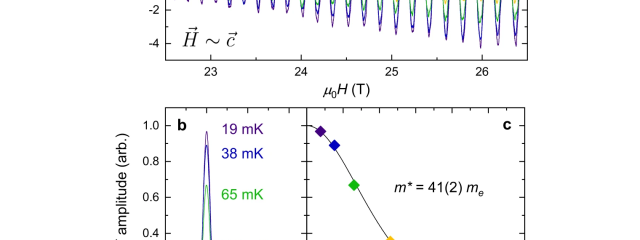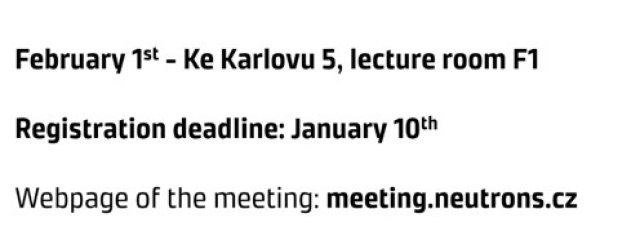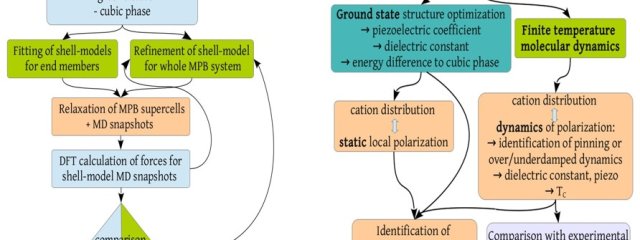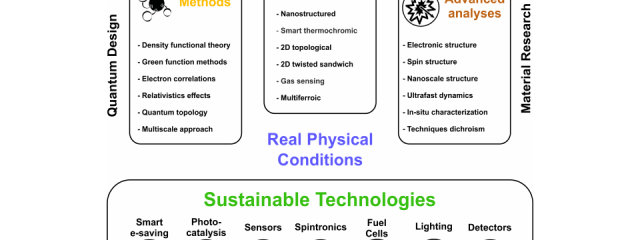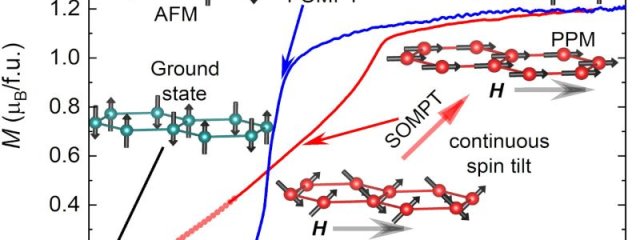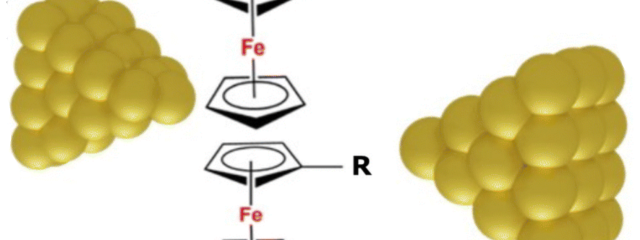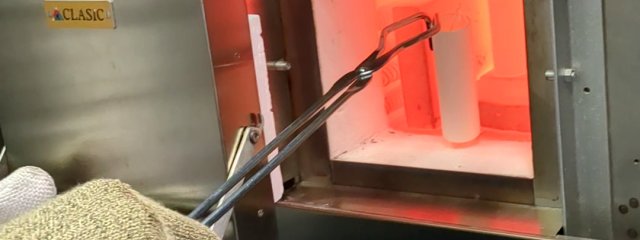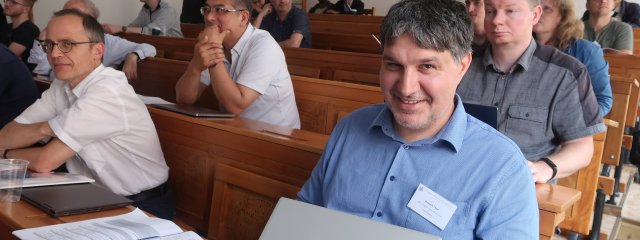News
Dr. M. Vališka’s team has successfully prepared high-quality single crystals of UTe2 specifically tailored for quantum oscillation studies. Utilizing these samples, the Cambridge group, led by A. Eaton, conducted a series of experiments in high magnetic field facilities, followed by…
The Department of Condensed Matter Physics, Faculty of Mathematics and Physics, Charles University and Nuclear Physics Institute, The Czech Academy of Sciences organize the whole-day meeting of the Czech neutron users. The Czech neutron community meeting 2024 continues the series of…
The collaborative project of the Institute of Physics of the AS CR, v.v.i. and the Department of Condensed Matter Physics entitled “Computational design of high-performance ferroelectrics” was awarded by the Czech Science Foundation (GAČR).
The AMULET (Advanced MUltiscaLe materials for key Enabling Technologies) project succeeded in the competition of 66 projects submitted to the Top Research call in the OP JAK programme (Ministry of Education, Youth and Sports, CR). The call is aimed at…
The theoretical department and the department of nanostructures of KFKL participate in the the project Quantum materials for applications in sustainable technologies (QM4ST). The project was awarded from the Programme Johannes Amos Comenius co-financed by the EU, the main researcher…
Dávid Hovančík a Ph.D. student at the Department of Condensed matter physics is the leading author of the paper Robust intralayer antiferromagnetism and tricriticality in the van der Waals compound VBr3 selected as Editors' choice in PRB. This study is…
Due to their infinite variability, molecular-based transistors offer an exciting alternative to the silicon technology. In collaboration with a lab in India, our theorists have described the workings of a molecular junction that is almost transparent for the electronic current.…
The discovery of LK-99, a gray-black compound with the potential to exhibit room-temperature superconductivity, captured the imagination of the scientific community and beyond. LK-99 has ignited a fervent pursuit to understand and validate its unique properties. This article traces the…
On 15/6-18/6, we organized the 14th annual conference Prague Colloquium on f-Electron Systems (PCFES). The participants comprised colleagues interested in the physics of lanthanides and actinides, from many countries around the world, from Canada and Argentina to Japan. Among…
In the week May 29 - June 2 we organized in Uherské Hradiště traditional conference Struktura, Struktura 2023 with a rich program and tutorials. Main program was devoted to the presentations of groups and laboratories in the Czech and Slovak Republics…

